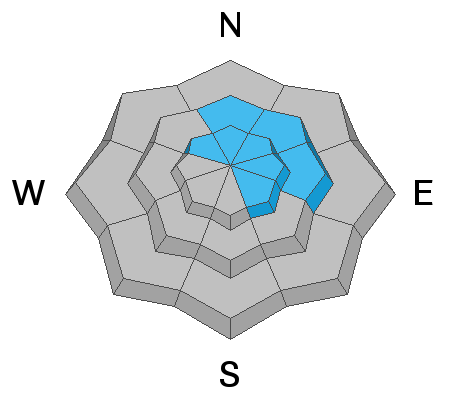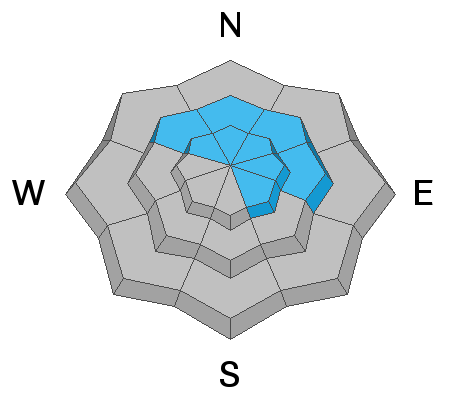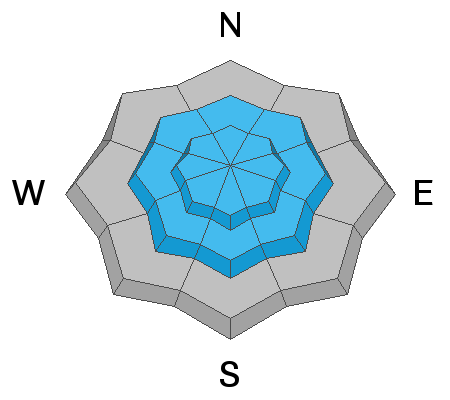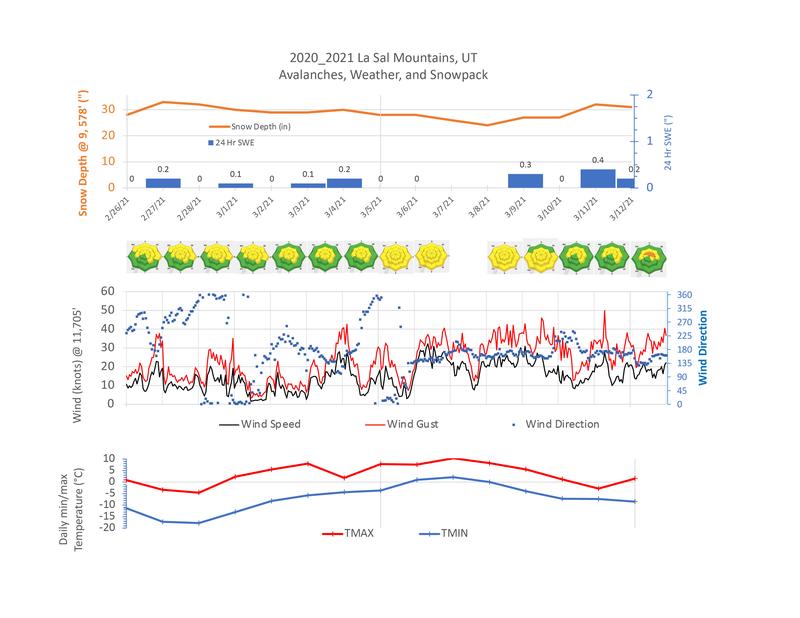Forecast for the Moab Area Mountains

Issued by Eric Trenbeath on
Saturday morning, March 13, 2021
Saturday morning, March 13, 2021
Heads up, increasing avalanche danger over the next 24 hours! The avalanche danger is CONSIDERABLE on steep, wind drifted slopes above treeline that face NW-N-E-SE and human-triggered avalanches are likely in these areas. As new snow accumulates and winds shift direction the danger will become more widespread. Be alert to loading patterns and avoid steep slopes with recent deposits of wind drifted snow. In these same areas, there also remains a MODERATE danger for triggering a deeper avalanche on a buried persistent weak layer of sugary, faceted snow. Likely trigger points include thin snowpack areas along slope margins or around rock outcroppings. Wind drifted snow will add additional stress to these areas. And finally, as snow accumulates the potential for new snow avalanches will increase on steep slopes on all aspects. Suspect steep slopes that have about 6" or more of new snow.
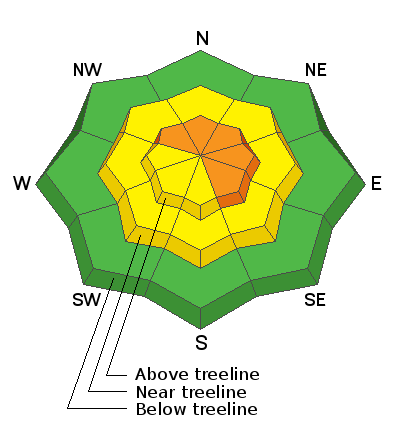
Low
Moderate
Considerable
High
Extreme
Learn how to read the forecast here


